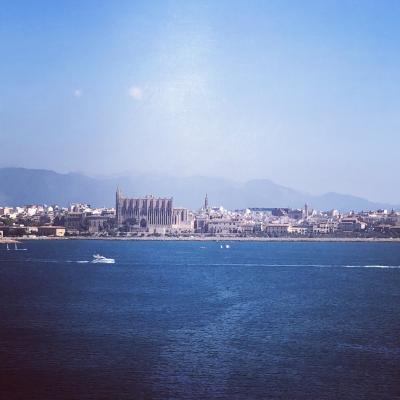How does increased irrigation for landscaping in tourist areas impact water resources in Palma?
Similar Topics
irrigation impact palma
water resources mallorca
tourism water demand
mediterranean climate water
groundwater over-extraction
saltwater intrusion risk
sustainable landscaping practices
drought-resistant plants
Increased irrigation for landscaping in tourist areas of Palma significantly impacts the city’s limited water resources. As Palma is located on the island of Mallorca, which experiences a Mediterranean climate characterized by hot, dry summers and relatively low annual rainfall, the demand for water rises sharply during peak tourist seasons. Hotels, resorts, public parks, and private gardens often require extensive watering to maintain lush, green environments that attract visitors and enhance the overall aesthetic appeal. This intensified water usage places considerable strain on local reservoirs and groundwater supplies, which are naturally scarce and vulnerable to over-extraction.
The heightened demand for irrigation water can lead to several environmental challenges. Over-reliance on groundwater for irrigation may cause a lowering of the water table, risking saltwater intrusion from the Mediterranean Sea, which can degrade the quality of freshwater resources. Additionally, the excessive withdrawal of water during dry periods may diminish flows into natural ecosystems, affecting local flora and fauna that depend on balanced water availability. In response, water authorities in Palma often encourage the adoption of more sustainable landscaping practices, such as using drought-resistant plants and efficient irrigation systems. However, balancing the needs of a thriving tourism industry with environmental sustainability continues to be a complex task, requiring ongoing monitoring and adaptive water management strategies to protect Palma's precious water resources.
The heightened demand for irrigation water can lead to several environmental challenges. Over-reliance on groundwater for irrigation may cause a lowering of the water table, risking saltwater intrusion from the Mediterranean Sea, which can degrade the quality of freshwater resources. Additionally, the excessive withdrawal of water during dry periods may diminish flows into natural ecosystems, affecting local flora and fauna that depend on balanced water availability. In response, water authorities in Palma often encourage the adoption of more sustainable landscaping practices, such as using drought-resistant plants and efficient irrigation systems. However, balancing the needs of a thriving tourism industry with environmental sustainability continues to be a complex task, requiring ongoing monitoring and adaptive water management strategies to protect Palma's precious water resources.
🧩 Related Questions
Related Question
How does Mallorca promote local markets for organic produce to benefit both farmers and consumers?
Related Question
What maintenance checks are important for cistern pumps and filtration systems in Mallorca homes?
Related Question
How does the pebble beach at Cala de Sa Calobra impact the swimming experience?

